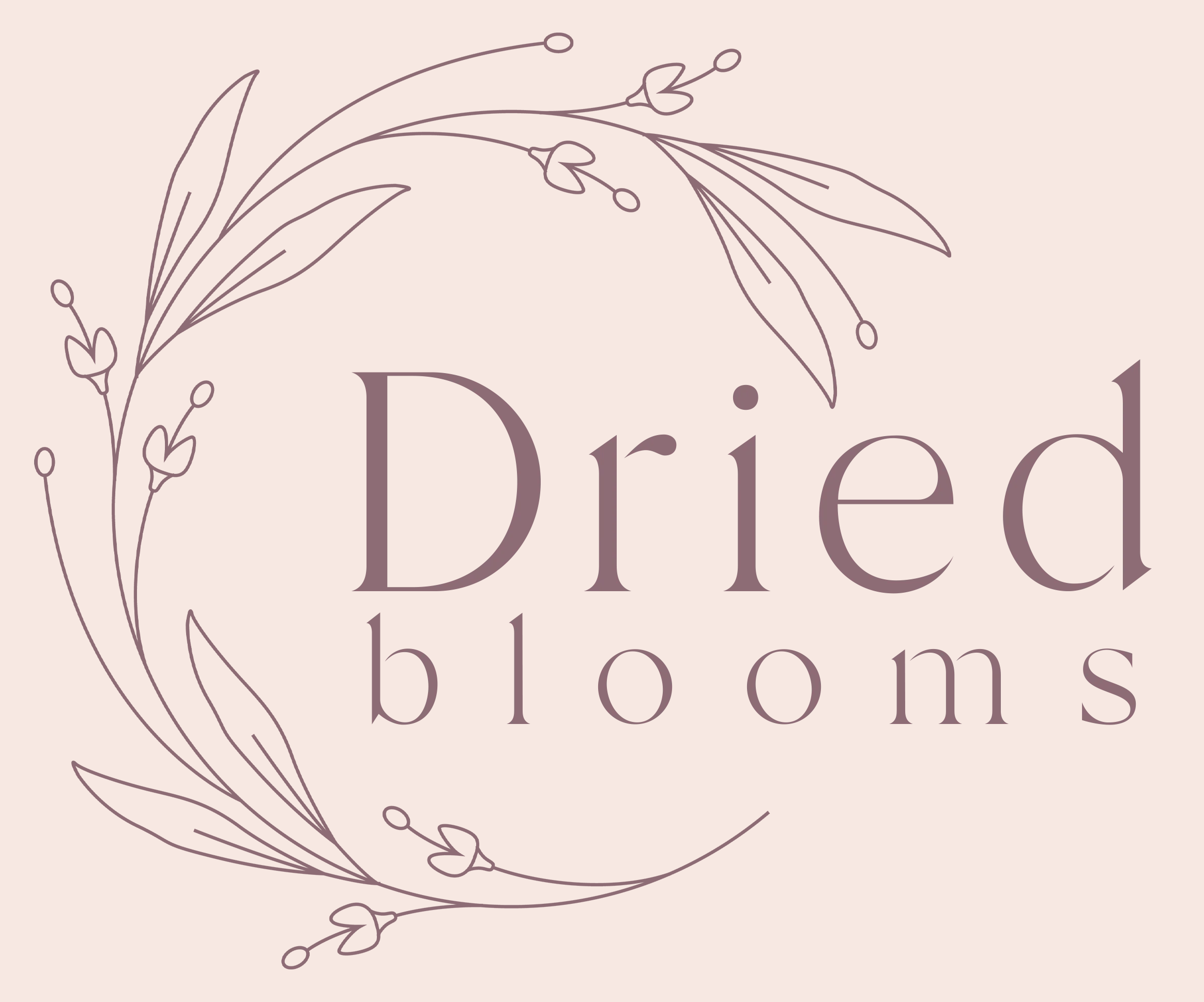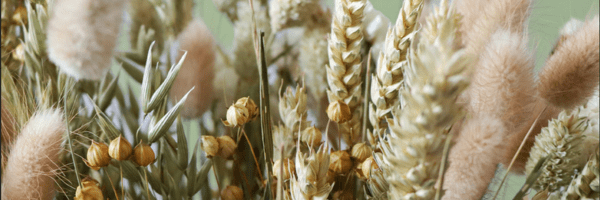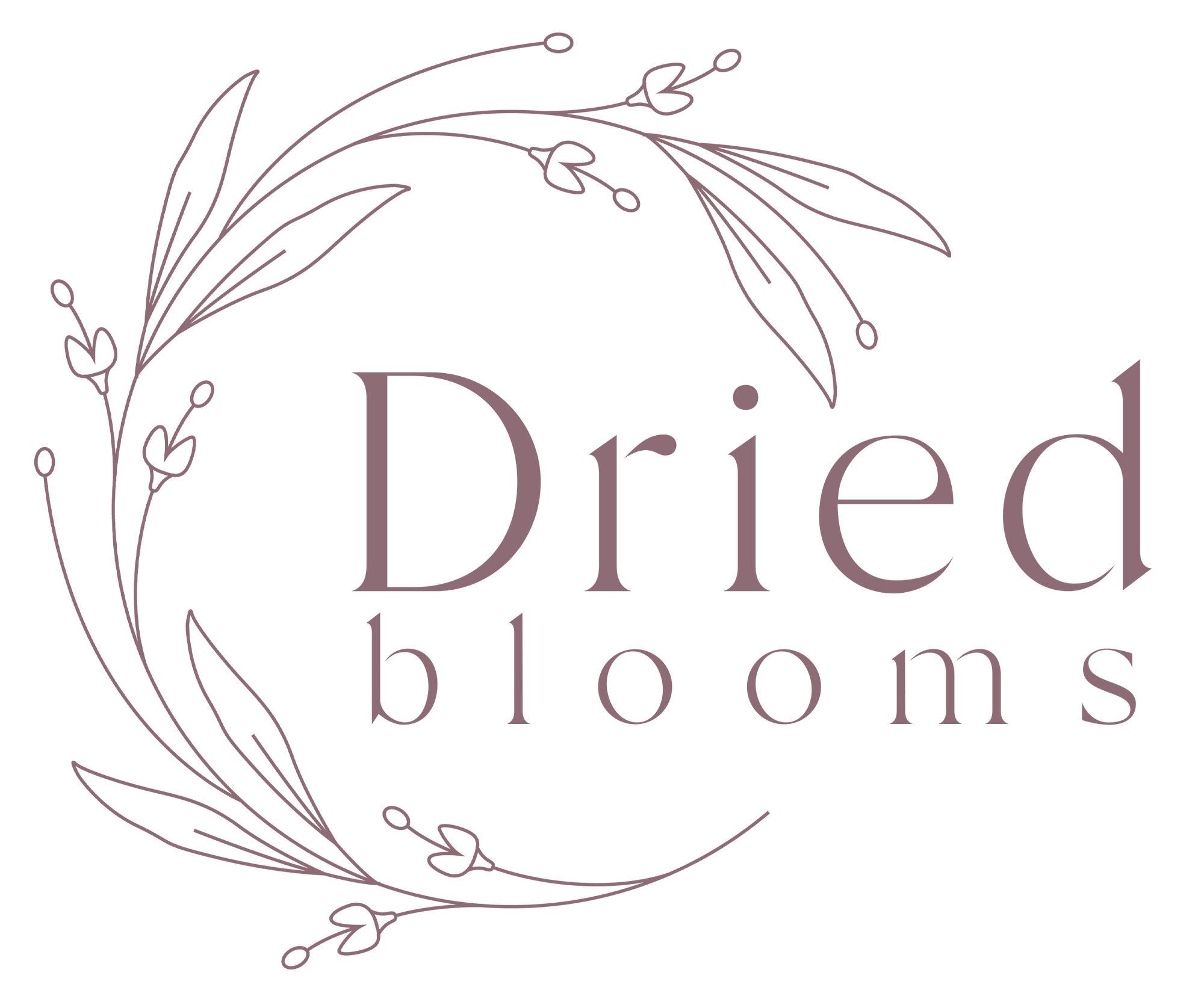Fresh blooms may be fleeting, but their longer-lasting counterparts—dried flowers and faux (artificial) flowers—are winning fans for their durability and aesthetic appeal. Yet when it comes to sustainability, the two couldn’t be more different. Understanding their environmental impact can help you choose decor that aligns with your values.
Dried Flowers: Nature Preserved
Dried flowers are real blooms that have been dehydrated to preserve their beauty. They can last from several months to years if cared for properly.
Sustainability Pros:
Biodegradable – They naturally break down at the end of their life.
Low waste – Often repurposed from leftover floral arrangements.
No synthetic materials – Reduces microplastic pollution.
Sustainability Cons:
Transport footprint – Imported dried flowers can still rack up emissions.
Energy use in processing – Some are preserved using heat or chemicals.
Limited lifespan – While long-lasting, they eventually degrade.
Faux Flowers: Everlasting Aesthetics
Faux flowers are made from materials like plastic, silk, or polyester, designed to mimic real blooms.
Sustainability Pros:
Extremely long-lasting – Can last decades with minimal care.
Reusable for multiple events – Reduces need for repeat purchases.
No agricultural footprint – No water, pesticides, or farmland used.
Sustainability Cons:
Non-biodegradable – Most end up in landfill.
Microplastic shedding – Can release particles over time.
High production footprint – Made from fossil fuel-based materials, often overseas.
Sustainability Comparison at a Glance
| Factor | Dried Flowers | Faux Flowers |
|---|---|---|
| Biodegradability | ✅ Yes | ❌ No |
| Lifespan | Months–Years | Years–Decades |
| Production Impact | Moderate | High |
| Recyclability | Limited composting | Rarely recyclable |
| Transport Emissions | Variable | Variable |
The Bottom Line
If you value natural materials and want something compostable, dried flowers are the greener option—especially if sourced locally.
If you plan to reuse the same arrangement for years (e.g., for a business display), high-quality faux flowers can be justified from a waste-reduction perspective, though they’ll never biodegrade.
In short: Dried flowers win on compostability and lower material impact, while faux flowers win on longevity and reusability—but only if you truly keep and reuse them for many years.
FAQs
Which is cheaper in the long run—dried or faux flowers?
Faux flowers have a higher upfront cost, but if reused for many years, they may be more economical. Dried flowers are usually less expensive initially but will eventually need replacing.
Do dried flowers need special care?
Yes. Keep them out of direct sunlight and away from moisture to prolong their lifespan. Dust gently to keep them looking fresh.
Can faux flowers be recycled?
Not easily. Most are made from mixed materials, making recycling impractical. Donating them is a better option.
Are dried flowers always chemical-free?
Not always. Some are treated with dyes or preservatives. Look for naturally dried, untreated varieties if you want a fully eco-friendly choice.
Which is better for allergies?
Faux flowers are less likely to trigger allergies, but can still release dust. Dried flowers don't typically trigger allergies but can still release pollen depending on the preservation method.





